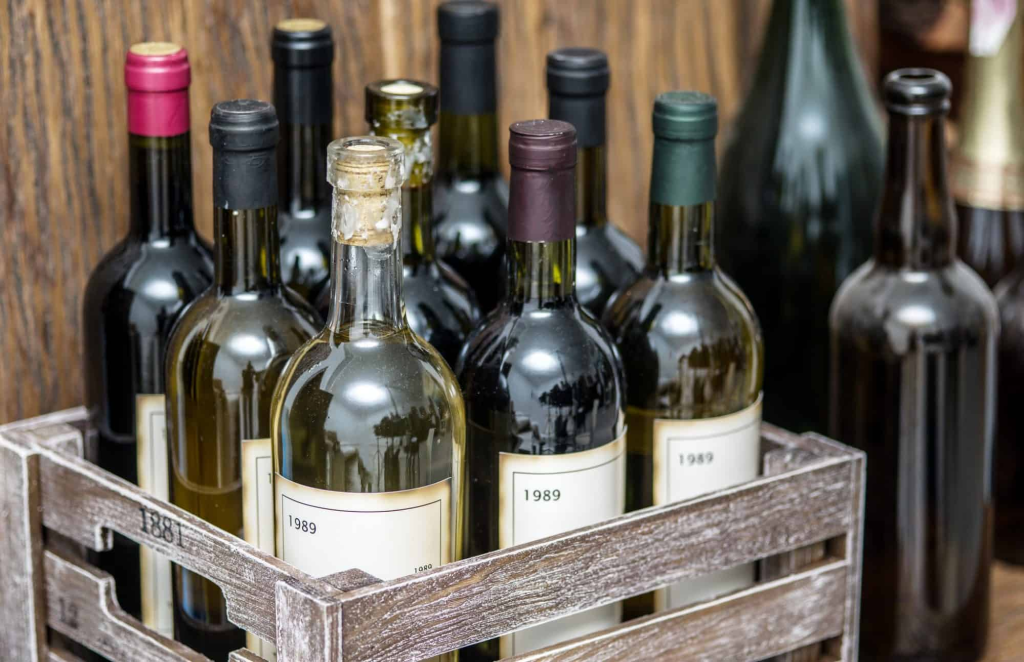In the early days, due to the immaturity of glass manufacturing technology, all glass products contained some iron-containing compounds, and the glass bottles produced would appear green.
Later, people gradually discovered that green wine bottles can block a certain amount of strong light, which is beneficial to the storage of wine. As a result, green is still used today and has become the most common color of wine bottles.
At the same time, with the advancement of technology and the diversification of producers’ demand for wine bottles, wine bottles of brown and transparent colors have also emerged as the times require. Brown wine bottles can filter more harmful light and are suitable for wines that can age for a long time; while transparent color wine bottles can highlight the color and clarity of the wine, and are often used to hold white wine and rosé wine.
What needs to be said is that although dark wine bottles have strong shading ability and are more conducive to the aging storage of red wine, this does not mean that wines in dark wine bottles must be suitable for aging. Many wines of average quality Green and brown bottles are also used. Conversely, wines in transparent bottles are not necessarily inferior in quality. In general, bottle color is usually related to regional traditions and cannot be used as a basis for judging the quality of wine.




